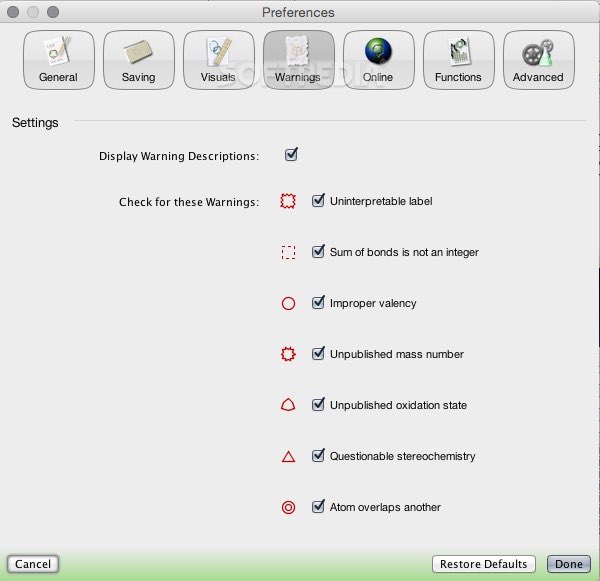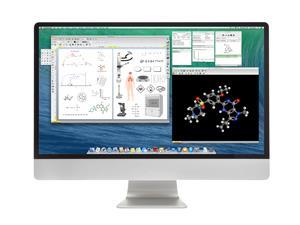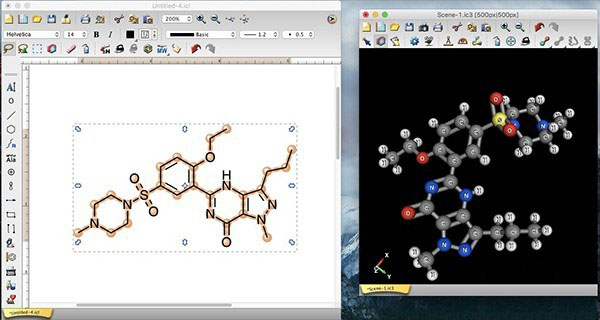

Science gateways are employed to hide increasingly complex IT infrastructures from users via easy-to-use graphical interfaces while enabling IT-driven research not possible before. The science gateway MoSGrid (Molecular Simulation Grid) is a valuable and user-friendly workbench to submit and process molecular simulation studies on a large scale. With regard to the needs of the users, we focus on the interoperability of simulations using two prominent quantum chemical codes, Gaussian09 and NWChem. At a first glimpse, the definition of functionals and basis sets seems to be sufficient to evoke the same type of calculation in both codes using the quantum chemical workflows in MoSGrid. In more detail, this is not true and more aspects such as integration grids, convergence criteria and basis set dimensions have to be well defined in order to obtain a trustworthy comparability between quantum chemical codes. In previous work, these details have not been defined and included in the MSML (Molecular Simulation Markup Language) implementation within MoSGrid.


After the investigation presented here, all these details can be integrated to extend the quantum chemical workflows in MoSGrid. Furthermore, a performance evaluation of the underlying metadata management is performed to investigate its suitability and scalability to the MSML extension. Molecular dynamics (MD) simulations provide valuable insight into biomolecular systems at the atomic level. Notwithstanding the ever-increasing power of high performance computers current MD simulations face several challenges: the fastest atomic movements require time steps of a few femtoseconds which are small compared to biomolecular relevant timescales of milliseconds or even seconds for large conformational motions.

At the same time, scalability to a large number of cores is limited mostly due to long-range interactions. An appealing alternative to atomic-level simulations is coarse-graining the resolution of the system or reducing the complexity of the Hamiltonian to improve sampling while decreasing computational costs.


 0 kommentar(er)
0 kommentar(er)
